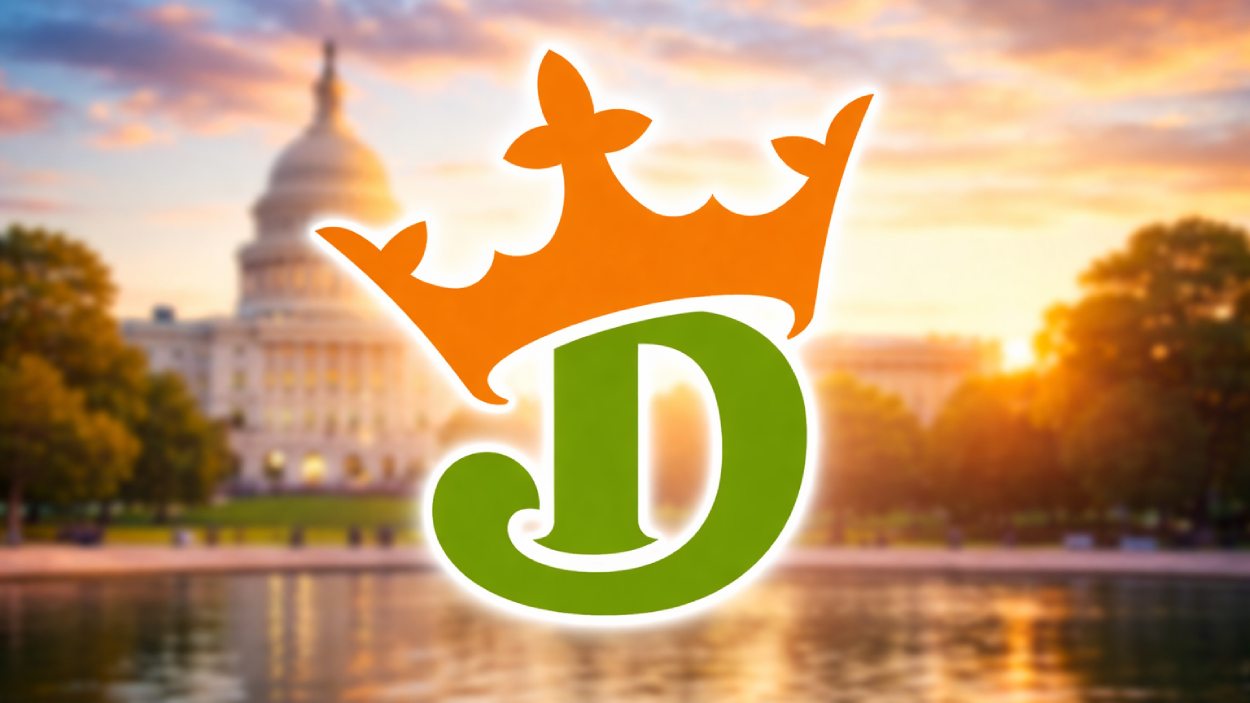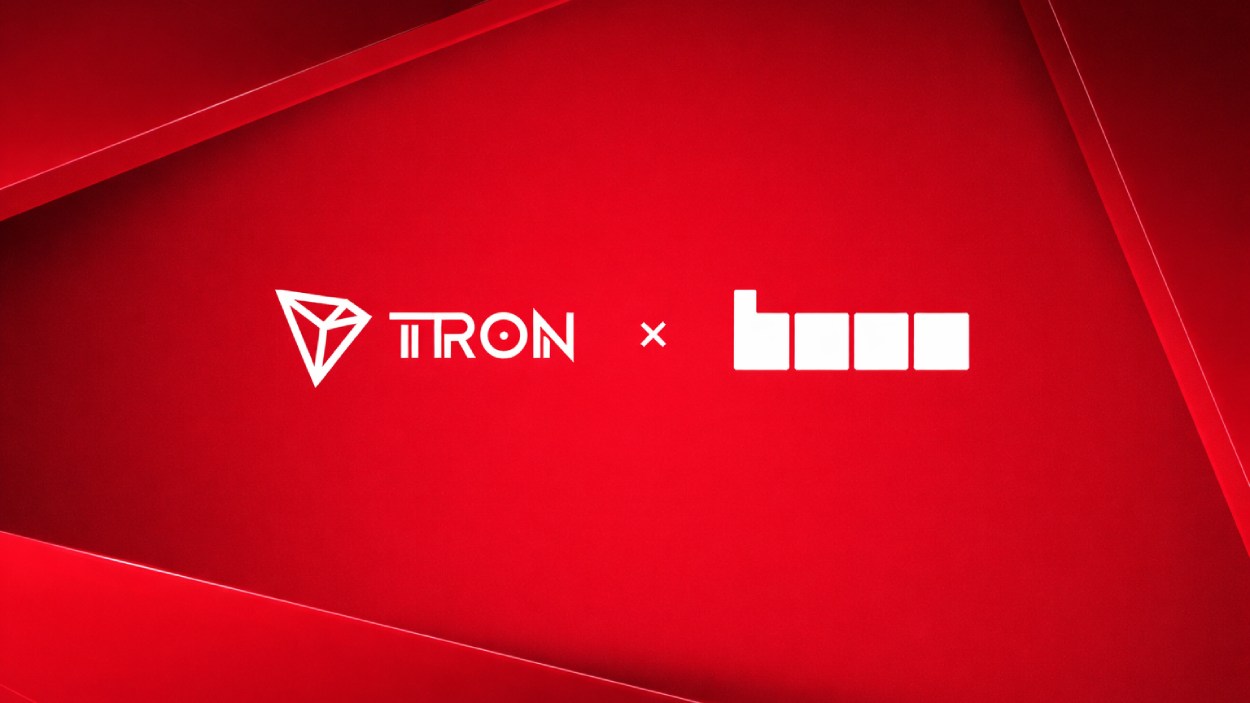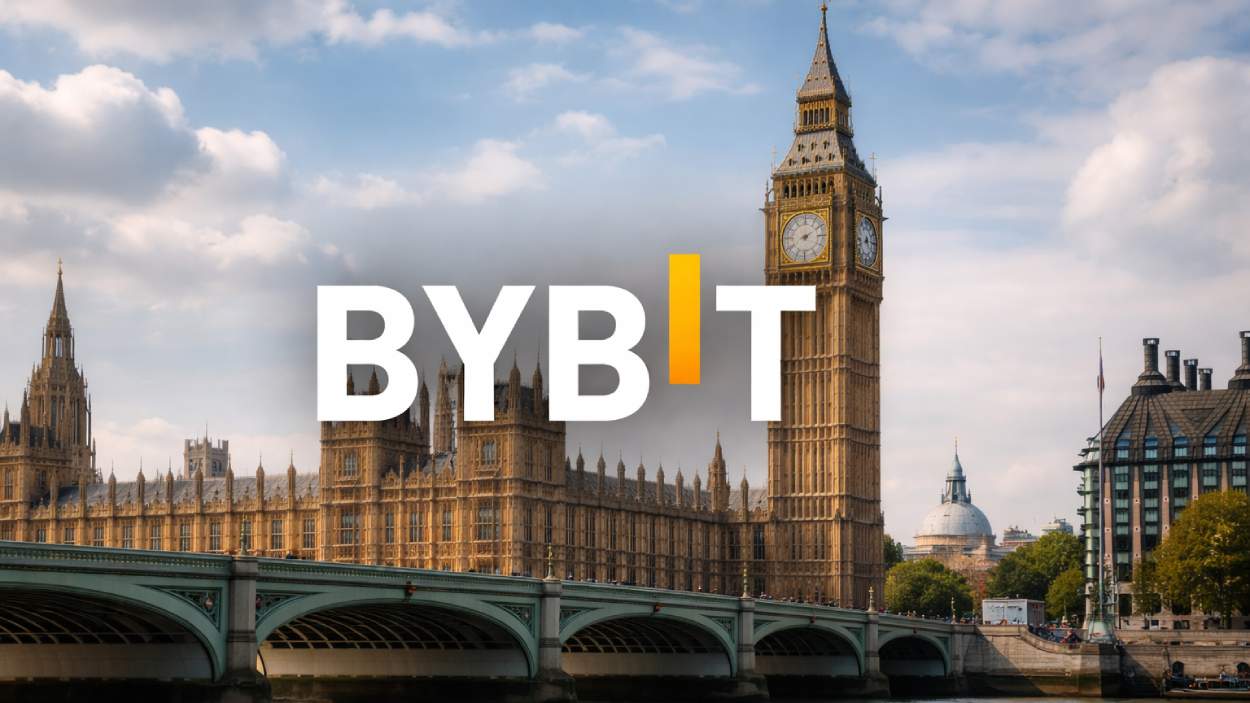The crypto industry has evolved beyond price speculation and into a complex, multi-trillion-dollar ecosystem ruled by those who influence infrastructure, capital, and policy. From ETF titans to protocol architects and decentralized security pioneers, these leaders are quietly shaping the next decade of finance. This year’s power players aren’t just personalities; they are mechanisms of control behind liquidity flows, user adoption, and technological breakthroughs across blockchains.
Key Takeaways
- Power in crypto is no longer just about fame; it’s about controlling capital, infrastructure, or compliance narratives.
- Stablecoins, ETFs, and restaking dominate influence in 2025, eclipsing traditional L1 hype cycles.
- Each individual on this list is associated with initiatives or platforms that collectively influence billions in TVL, trading volume, or regulatory discussions.
- Future initiatives such as Ethereum’s roadmap and Solana’s Firedancer involve contributions or oversight by these individuals, while tokenized Treasuries are being explored by institutions like BlackRock under regulatory discussions.
- This list prioritizes measurable impact, not legacy status or social media reach.
Why the Definition of “Power” Has Shifted
In earlier crypto cycles, power meant community influence, memes, tweets, and token launches. In 2025, it’s about access to infrastructure bottlenecks, cross-border liquidity, and institutional on-ramps. The new elite aren’t just founders or traders; they are architects of regulation-aligned scaling, builders of global financial primitives, and stewards of trillion-dollar capital funnels.
To fairly rank the most powerful individuals, we applied a transparent five-part framework:
- Capital Control (30%): Who directs or governs massive liquidity flows, ETFs, or stablecoins?
- Technical Ecosystem Impact (25%): Who dictates upgrades, protocol changes, or client-level infrastructure?
- Compliance Reach (20%), Who shapes global policy, regulation, or integration with TradFi?
- Narrative & Public Influence (15%): Who drives discourse through media, policy debates, or community sway?
- Partnership & Expansion Plans (10%): Who’s positioned for exponential reach in 2025–2026?
This list was compiled using a mix of on-chain data, public disclosures, developer activity metrics, and institutional reporting.
The 5 Most Powerful People in Crypto
This definitive list highlights the individuals steering the future of crypto through capital, infrastructure, and innovation. Their influence shapes how billions move across chains, platforms, and regulatory borders worldwide.
| Name | Role | Power Domain | Key Metric | What They’re Planning Next |
| Larry Fink | CEO, BlackRock | Institutional ETFs & Tokenized Assets | $80B+ AUM in IBIT ETF | Launching tokenized money market funds |
| Paolo Ardoino | CEO, Tether | Stablecoin Liquidity & Reserves | $150B+ USDT in circulation | CBDC-compatible bridge & sovereign bond markets |
| Vitalik Buterin | Co-founder, Ethereum | Protocol Vision & Roadmap | 60%+ DeFi TVL on the Ethereum ecosystem | Privacy ID, L2 security, Verkle tree integration |
| Anatoly Yakovenko | Co-founder, Solana | High-throughput L1 Infrastructure | Surpassed Ethereum in DAUs in Q2 2025 | Solana Mobile OS, DePIN growth, ZK integration |
| Sreeram Kannan | Founder, EigenLayer | Restaking & Modular Security | $18B+ in TVL via restaking | AVS expansion, risk-tiering, EigenDA rollup stack |
1. Larry Fink (CEO, BlackRock)
A longtime titan of traditional finance, Fink has become a key architect of institutional crypto integration. His leadership bridges Wall Street capital with blockchain-native innovation in ways few others can replicate.

- Power in Practice: BlackRock’s iShares Bitcoin ETF (IBIT) has surpassed $80 billion in assets under management in just over a year since launch. The fund leads a new wave of institutional crypto exposure and routinely drives over $25 billion in weekly trading volume. Fink’s strategy has made BlackRock the de facto gatekeeper for compliant digital asset access on Wall Street.
- What He’s Planning Next: Fink is spearheading a push for global tokenized asset standards, working with the BIS and IMF to harmonize settlement protocols.
- Did You Know? BlackRock’s ETF was the fastest in history to hit $80 billion AUM, surpassing traditional sector ETFs by a wide margin.
2. Paolo Ardoino (CEO, Tether)
Known for his technical foresight and operational agility, Ardoino has expanded Tether’s influence far beyond stablecoins. His decisions ripple across global liquidity markets, frontier economies, and digital infrastructure.

- Power in Practice: Tether (USDT) is estimated to generate billions in profit from interest on U.S. Treasuries, though exact figures range depending on yield and disclosures.
- What He’s Planning Next: Tether has announced efforts to enhance cross-border payment infrastructure and compatibility with emerging market frameworks, including potential CBDC interoperability.
- Did You Know? Tether’s latest attestation (as of mid-2025) places its U.S. Treasury holdings closer to $90–100 billion, still among the largest institutional holders globally.
3. Vitalik Buterin (Co-founder, Ethereum)
Buterin remains the philosophical backbone of decentralized computation. His ideas continue to inspire entire ecosystems, from zero-knowledge systems to governance reform.

- Power in Practice: Ethereum’s 2025 upgrades, proto-danksharding, Verkle trees, and the rise of restaking via EigenLayer are unfolding according to the roadmap first envisioned by Buterin. Ethereum continues to host over 60% of DeFi TVL, and Vitalik’s vision still guides L2 interoperability and staking economics.
- What He’s Planning Next: Vitalik’s public notes point toward a renewed focus on privacy-preserving identity, social recovery wallets, and enshrined proposer-builder separation for rollup security.
- Did You Know? Despite multiple competing L1s, Ethereum still leads in institutional deployments and security guarantees, largely due to Buterin’s long-term credibility.
4. Anatoly Yakovenko (Co-founder, Solana)
Yakovenko combines hardware-level engineering instincts with a bold product-first vision. He has positioned Solana as a high-performance platform built for real-world utility and scale.

- Power in Practice: In Q2 2025, Solana briefly reported more daily active addresses than Ethereum, based on selected wallet activity metrics. Firedancer, currently in testnet, is designed to improve Solana’s throughput and client diversity, which could strengthen future network decentralization and reliability. Solana Pay has been integrated into Shopify and partnered with Visa for select pilot programs, while Stripe integration remains exploratory.
- What He’s Planning Next: Solana ecosystem projects are actively exploring DePIN use cases, and some teams are working toward MiCA compliance, though formal regulatory designations are pending.
- Did You Know? Solana’s daily transaction throughput routinely tops 60 million, with <1s block finality, a user experience breakthrough for mass adoption.
5. Sreeram Kannan (Founder, EigenLayer)
With deep academic roots, Kannan has introduced a new paradigm in crypto security through economic alignment. His work is shaping how trust and incentives operate across modular blockchain layers.

- Power in Practice: EigenLayer’s restaking TVL has exceeded $18 billion in 2025, creating a decentralized security-as-a-service layer for Ethereum and beyond. This new market has attracted oracles, rollups, bridges, and AVS (Actively Validated Services) to stake ETH against slashing conditions.
- What He’s Planning Next: EigenLayer has announced plans for AVS risk-tiering and an EigenDA rollup stack; timelines for launch are still under development.
- Did You Know? Several major staking providers now offer EigenLayer-powered institutional vaults with built-in insurance mechanisms for AVS slashing events.
Why These Names (and Not Others)?
You might wonder why familiar giants like CZ (Changpeng Zhao), Brian Armstrong, or even Michael Saylor aren’t on the 2025 list.
Here’s why:
- CZ has stepped back post-legal settlements and plays a reduced public-facing role.
- Coinbase, while essential, now operates more as an on-ramp than a market mover.
- Saylor, though influential in narrative, doesn’t command new capital flows or protocol-level impact today.
The list prioritizes measurable infrastructure control, forward velocity, and ecosystem dependence, not just media visibility.
Rising Contenders to Watch
These emerging figures are poised to shape the next wave of crypto innovation, infrastructure, and global adoption. Their rising influence reflects shifting dynamics in regulation, scalability, and real-world utility.
- Elizabeth Stark (Lightning Labs): Driving Bitcoin Layer 2 expansion and real-time settlement applications globally.
- Rune Christensen (MakerDAO): Leading the launch of SubDAOs and the Ethereum-native governance stack around NewChain.
- Jeremy Allaire (Circle): USDC remains the most regulator-aligned stablecoin, and Circle is deepening integrations with U.S. Treasuries and TradFi banks.
- Jesse Pollak (Base by Coinbase): If Base continues to dominate L2 retail onboarding and daily transactions, Pollak could be the new face of rollup-driven mass adoption.
- AI-Crypto Infrastructure Founders
A growing class of teams building AI inference, decentralized data availability, and ZK-based compute will define the next influence layer, think Modulus, Gensyn, or Bittensor.
Closing Thoughts: The Shape of Power in Crypto
To begin with, the nature of power in crypto has fundamentally changed. Instead of being held by the loudest voice on Twitter or the largest token treasury, it is now shaped by those who influence how users onboard, how capital flows, and how infrastructure adapts under regulatory and market pressure.
Therefore, whether you’re an investor, builder, or policymaker, tracking these individuals is not just useful; rather, it is essential for understanding where the industry is headed.
Hover or focus to see the definition of the term.


























































